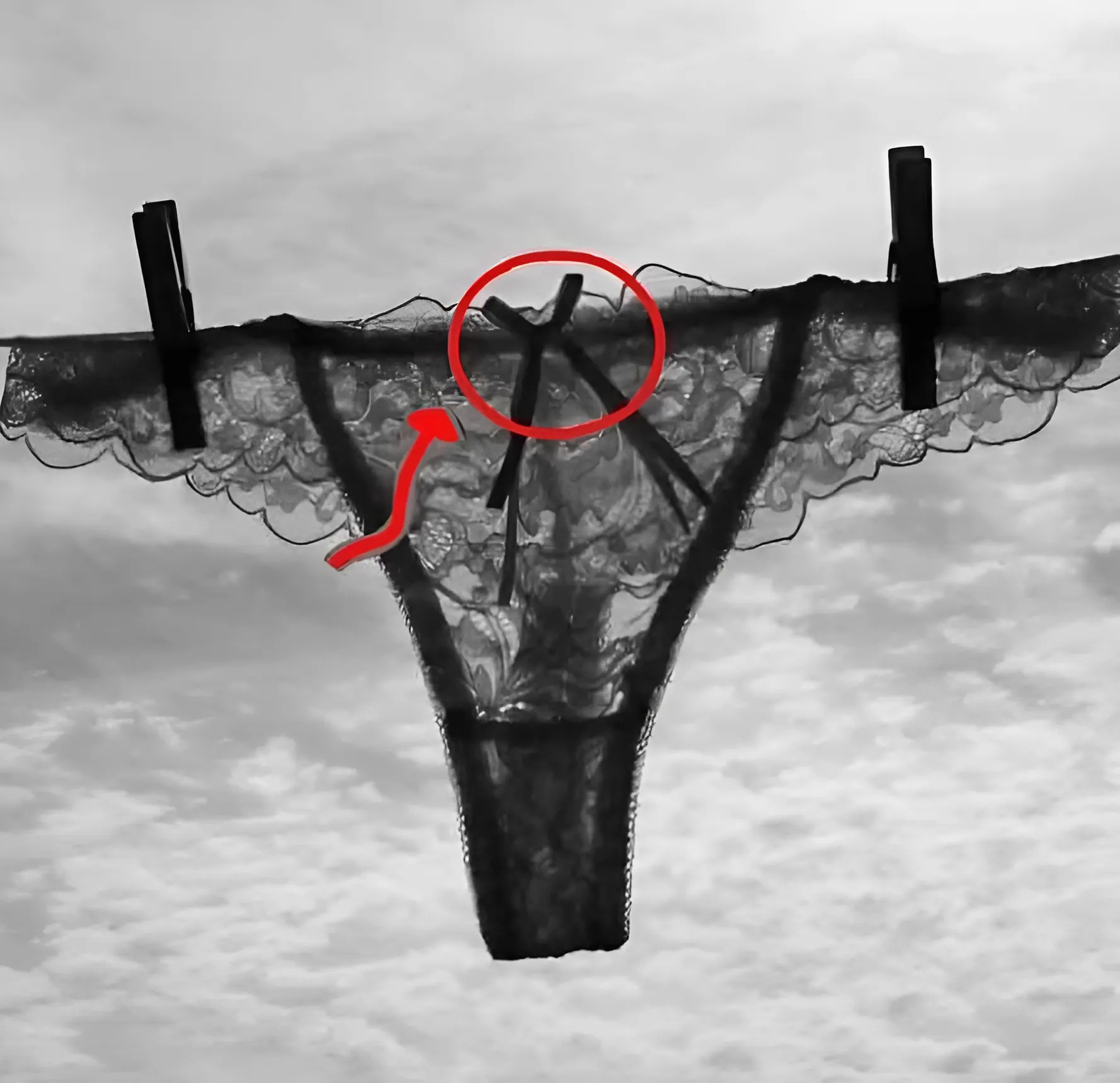Have you ever stopped to notice the tiny bow on the front of women’s underwear? That little detail — modest, often barely noticeable — is found on countless styles, from simple cotton briefs to lacy lingerie. At first glance, it may seem like nothing more than a charming decorative touch, something added for aesthetic appeal. But behind that little bow lies a surprisingly rich history, one that reaches back through generations of fashion, practicality, and evolving traditions.
Today, most people see the bow as something purely ornamental. It adds a sweet, feminine touch, a hint of softness or playfulness to a piece of clothing that’s otherwise utilitarian. It’s one of those small design choices that subtly influences how we perceive an item — making it feel more delicate, more polished, even a little romantic. But if you travel back a few centuries, you’ll find that the bow originally had a very different and very practical function.
Before the invention of elastic waistbands, which today make underwear easy to slip on and off, undergarments were typically held in place with the help of fabric ties or ribbons. These strings were threaded through a sewn channel at the top edge of the garment and then tied securely at the front of the waist. The knot kept the underwear from slipping and ensured a snug fit. Over time, that front knot evolved — and what remains today is the small bow, a subtle reminder of the original fastening method.
As clothing materials and technology advanced, elastic became the standard, making those front ties obsolete. But the bow stayed. It shifted from being a necessary part of the garment’s structure to a decorative feature — a little echo of the past sewn into the modern world. Like many things in fashion, it’s a detail that carries its history quietly, without most people ever realizing it.
Interestingly, that bow still plays a small but helpful role in everyday life. Some people have pointed out that the bow makes it easy to tell which side is the front, especially when getting dressed in a rush or in the dark. It’s a tiny point of orientation, particularly handy when you’re trying not to wake a sleeping partner or when the power’s out and you’re fumbling to get ready. In that way, the bow continues to be more than just pretty — it’s functional too, even if only in subtle ways.
But there’s also something more emotional, more symbolic about it. For many, the bow adds a feeling of softness, gentleness, or even nostalgia. It can evoke a sense of femininity that feels traditional without being outdated — like a modern nod to the kind of delicate detailing that once defined women’s fashion. It’s charming without trying too hard. And sometimes, it’s just nice to wear something that feels thoughtfully made, even if no one else will see it.
In a world where so much emphasis is placed on speed, efficiency, and minimalism, it’s fascinating that such a small and seemingly outdated detail has survived. The bow may not be essential anymore, but its presence says something about how fashion blends function with feeling, tradition with modern design. It’s a quiet reminder that even the simplest garments carry stories — and that beauty, often, is found in the smallest things.





